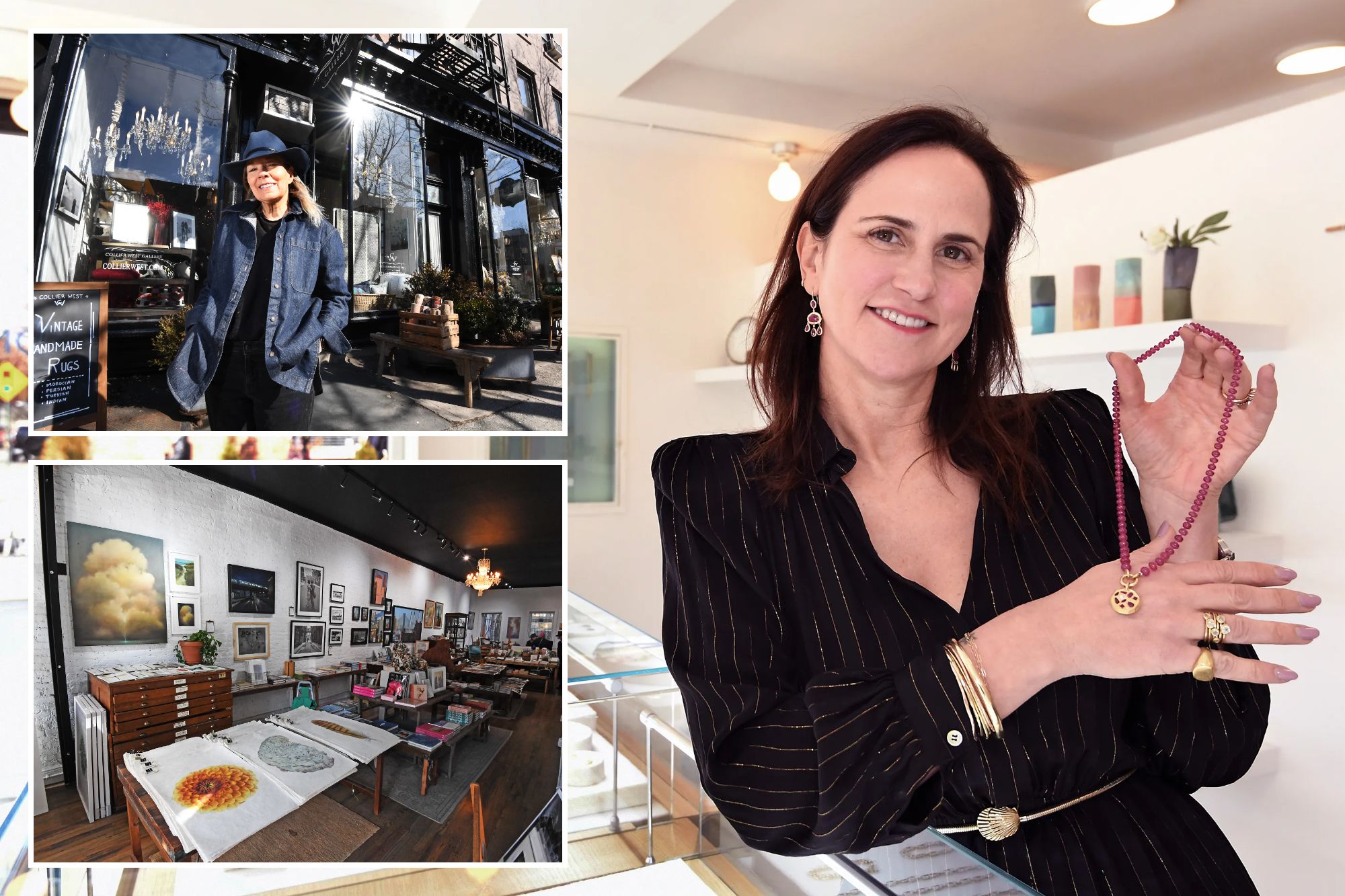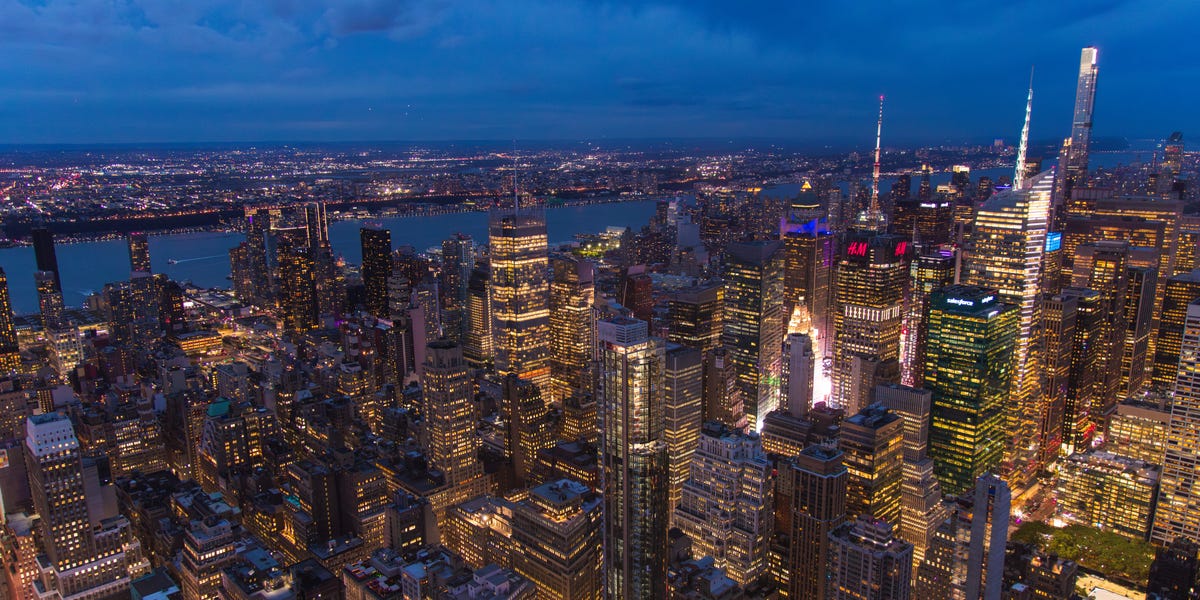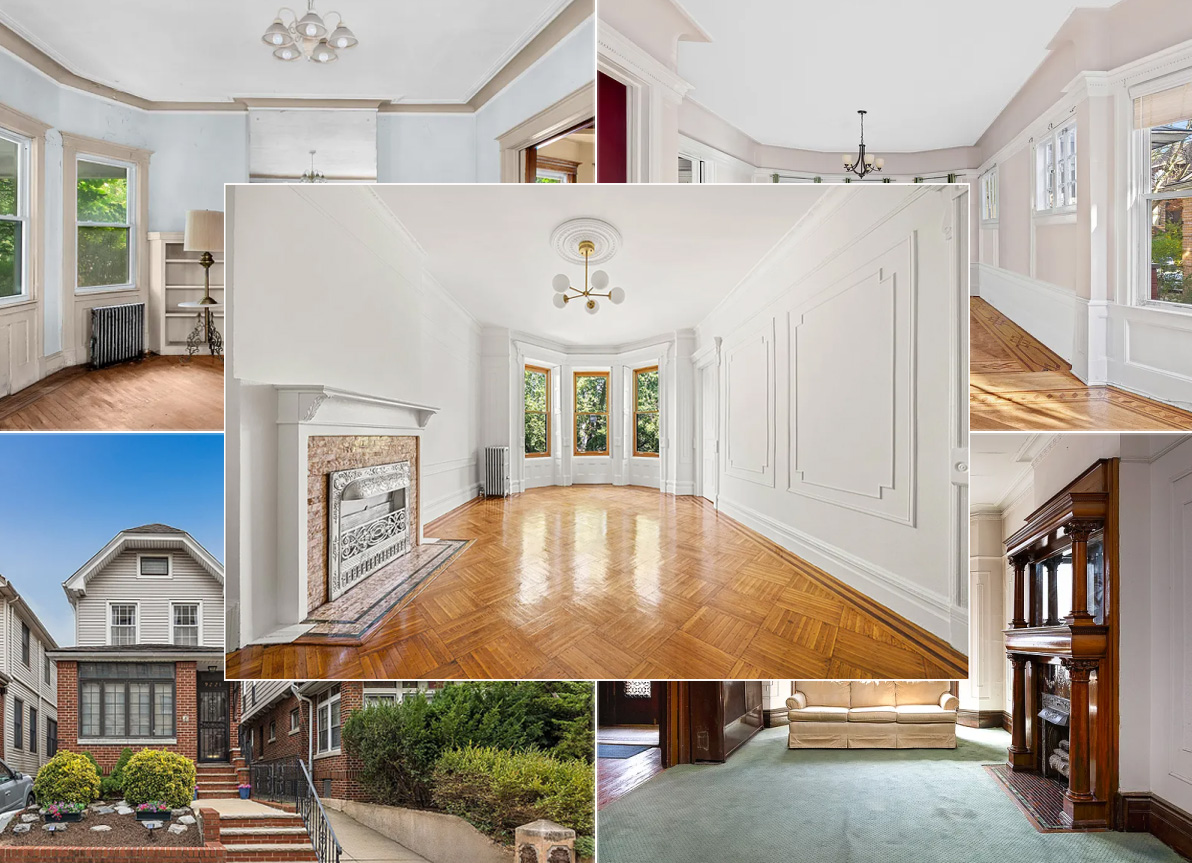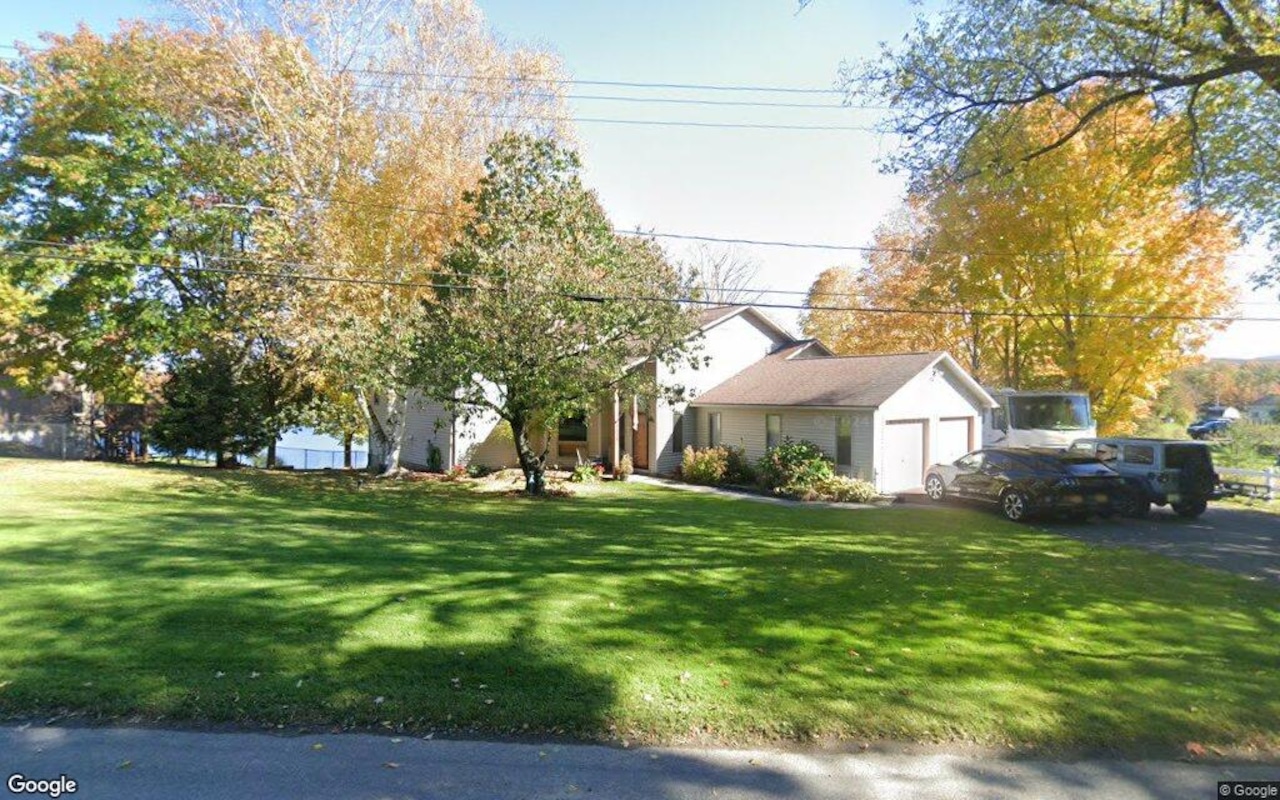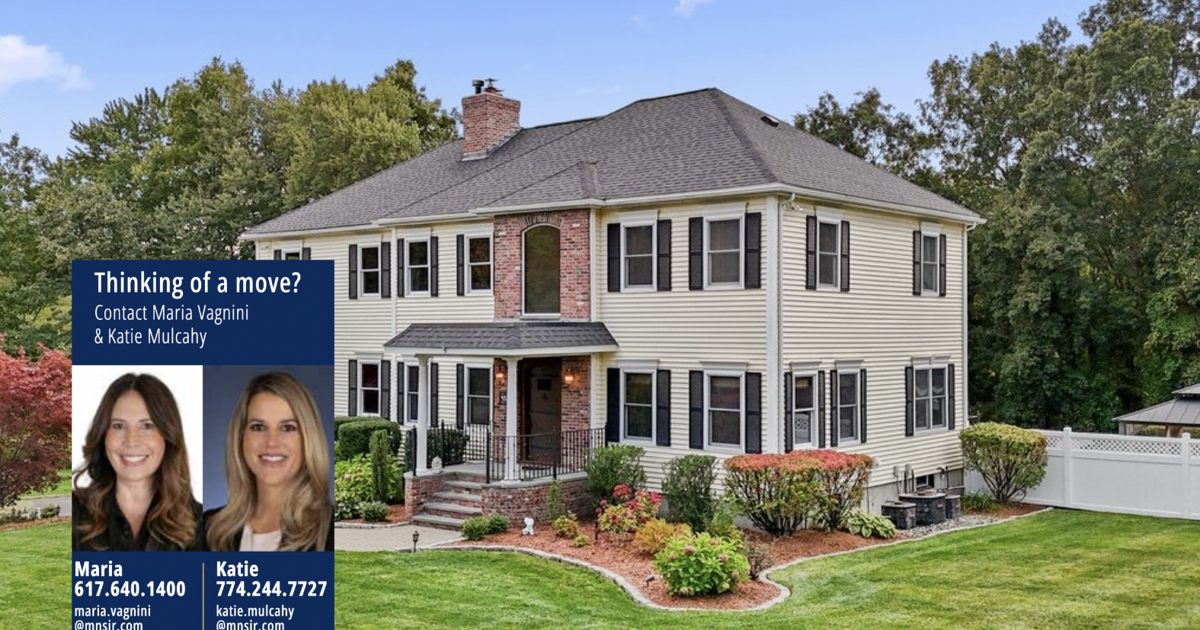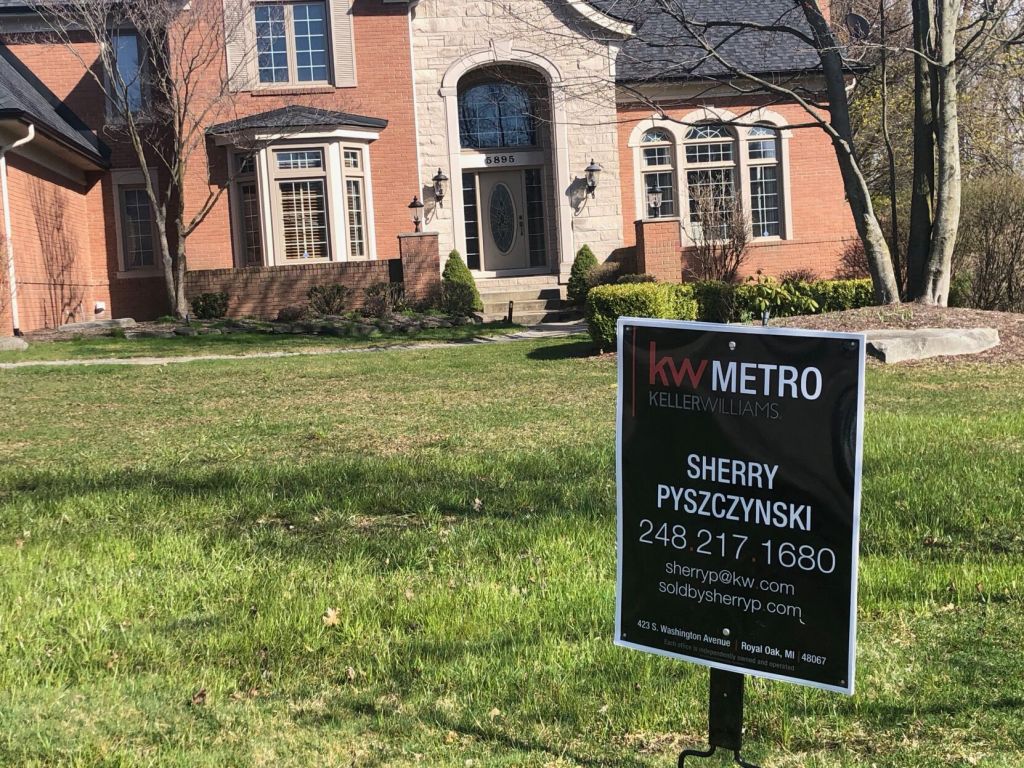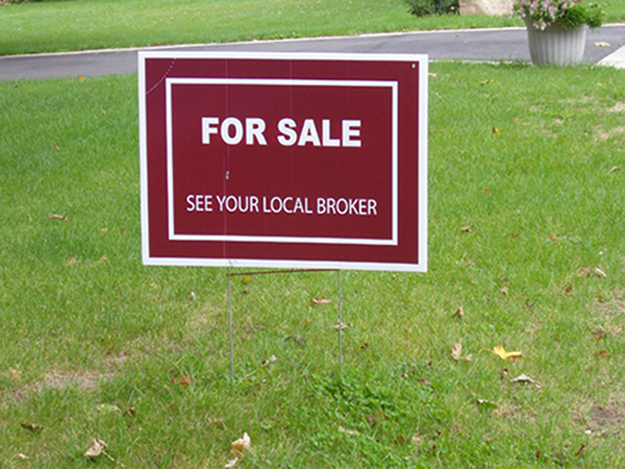I
n Brooklyn's retail landscape, a quiet transformation has been unfolding on Atlantic Avenue west of Barclays Center. Once a hub for Arab food shops and antiques dealers, the area is now abuzz with fashion boutiques, upscale eateries, and artisanal services. This metamorphosis has not only revitalized the neighborhood but also attracted a new wave of merchants and shoppers.
"It's become Brooklyn's own Madison Avenue," says Jordan Barowitz, an Atlantic Avenue Business Improvement District board member. "Not a carbon copy, mind you – that's Williamsburg's domain with its Chanel and Hermès flagships – but a unique blend of luxury retailers with a distinctly Brooklyn flair."
One reason for the area's resurgence is its relatively affordable rent prices. Between Barclays and the BQE, rents hover around $100 per square foot on the west end, dipping to the mid-$70s between Court and Bond streets, and as low as the $50s near Flatbush Avenue. This compares favorably to Williamsburg, Dumbo, and sections of Flatbush Avenue, where landlords command significantly higher rates.
As a result, Atlantic Avenue's vacancy rate has plummeted from 15.1% pre-pandemic to 11.8%, according to the Atlantic Avenue BID. This is lower than the current 15% vacancy rate on Montague Street in Brooklyn Heights.
Mary Jo Pile, owner of three stores and a fixture on Atlantic for nearly two decades, credits the area's unique blend of trendiness and gentrification. "What sets our shop owners apart is that many are 'makers' of their own lines, with some even manufacturing on site," she notes. This experiential retail experience has become a major draw for shoppers seeking a curated look without the big-brand prices.
The avenue's transformation extends beyond its commercial facelift. Improved midblock traffic signals have made it easier to navigate the wide, often windy street lined by low-rise buildings and a few larger ones under construction. This has created a more shopper-friendly atmosphere, with a mix of national chains like Barnes & Noble and Anthropologie alongside independent boutiques, eateries, and cultural institutions.
As one strolls along Atlantic Avenue, they can discover everything from Muslim libraries to Japanese ramen cafes, kids' clothing shops, and nonprofit literacy promoters. The block between Hoyt and Bond streets is the epicenter of this transformation, with over a dozen fashion shops and design galleries clustered together.
Newcomers like pottery purveyor East Fork and "beautiful things for beautiful homes" shop Porta have joined established favorites like jewelry designer Page Sargisson's boutique. Sargisson, who opened her store in November 2020, revels in the personal connections she makes with customers. "I get goose bumps when someone says, 'Hey, you made my engagement ring.'"
As Atlantic Avenue continues to evolve, its eclectic mix of old and new remains a defining feature. Sahadi's market still serves up Middle-Eastern favorites, while Montero's Bar & Grill – a 1938 institution that once catered to merchant seamen – now satisfies locals' cravings for burgers and karaoke.
For Pile, who has witnessed the area's transformation firsthand, the metamorphosis from "kind of scary" to "getting a little better each year" is a testament to Atlantic Avenue's enduring charm. As she puts it, "All the way from Barclays to the river, it kind of ebbs and flows."
